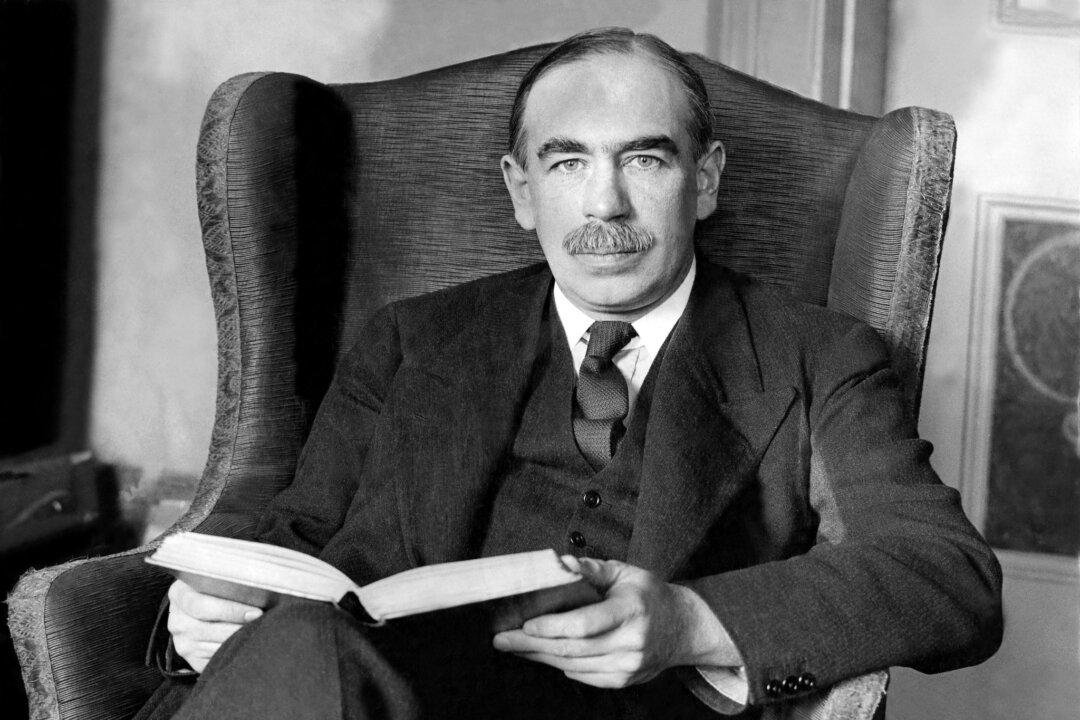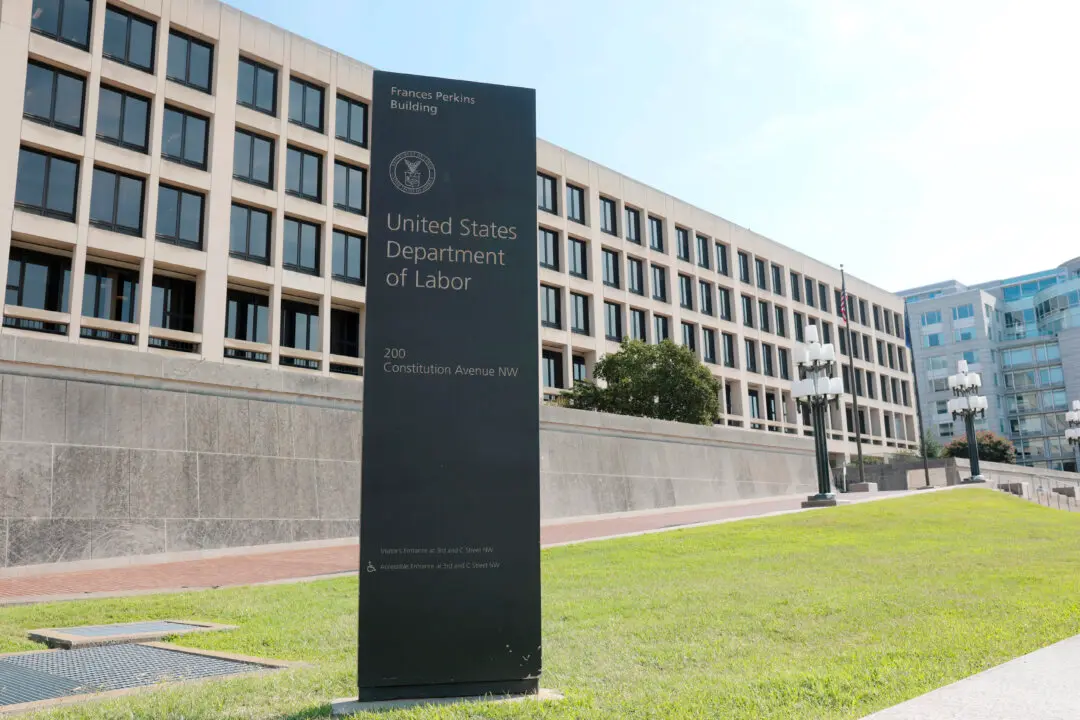Commentary
Just about everyone, left and right, is alarmed by consolidation in industry. This goes for them all: tech, media, medical, communications, and more. For the better part of a century, the go-to solution for reformers has been antitrust. These are actions by the federal government to discern the existence of monopolistic behavior and bring about solutions in the form of breaking up companies.





